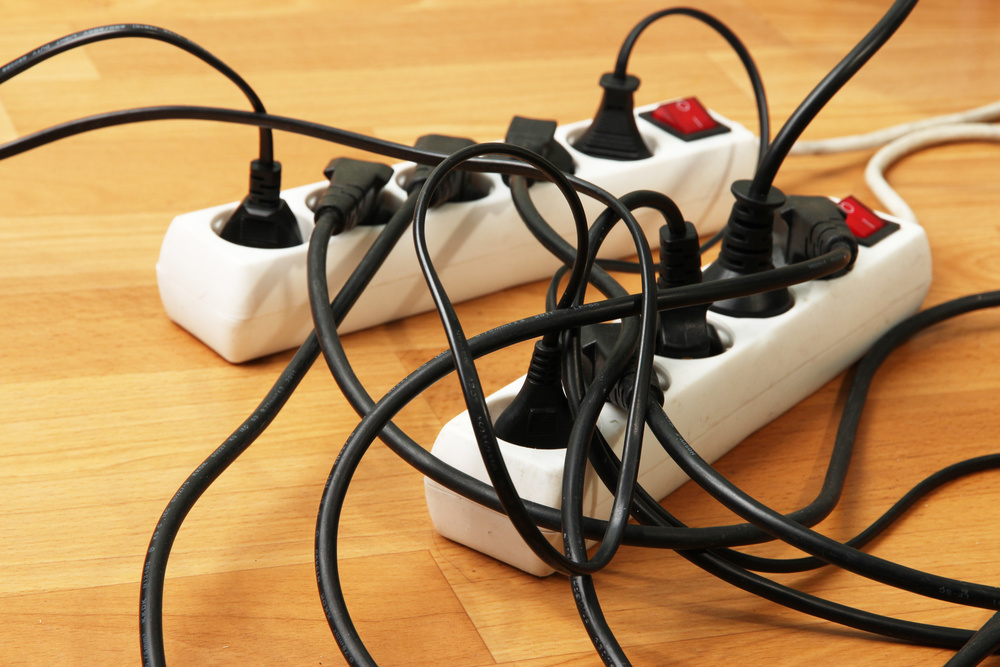Power Strip Safety to Protect Your Home

Use specialized power strips:
- Use a surge protector instead of a power strip for sensitive gaming systems and computers. Add up how many watts you're plugging in, so you don't exceed the capacity of the surge protector.
- For power tools, use a 220-volt power strip with grounded outlets and heavy 14-gauge wire or a heavy-duty extension cord.
Don't use a power strip:
- Where it can get wet
- Avoid bathrooms, kitchens, and laundry rooms, and never use an indoor power strip outdoors.
- If there's visible damage
- If you see any fraying or discoloration, replace it.
- If it's hot
- Prolonged use or overloading can cause overheating which can result in a fire.
- That's hidden under a rug, carpet, or behind a curtain
- This can cause overheating, and in the event of a power surge, a spark could easily catch fire when surrounded by flammable items.
- That's plugged into an extension cord or another power strip
- 'Daisy-chained' cords and power strips multiply the risk.
- If it will be overloaded
- Read the label on the power strip to find its maximum wattage and make sure the devices you plug into it do not exceed that amount. Most power strips are 15 amps, which means they can handle up to 1800 watts in total.
- For appliances that use high wattage
These can easily cause power strips to overheat. Plug these appliances directly into the wall, in most cases each should use its own outlet to avoid tripping the circuit breaker.
- Kitchen: refrigerators, microwaves, slow cookers, blenders, toasters, toaster ovens, electric skillets, waffle makers, and coffee makers.
- Bathroom: hair dryers, curling wands, hair straighteners.
- Household: portable air conditioners and heaters, sump pumps, washing machines.
Sources: bobvila.com & wellesley.edu & komando.com


